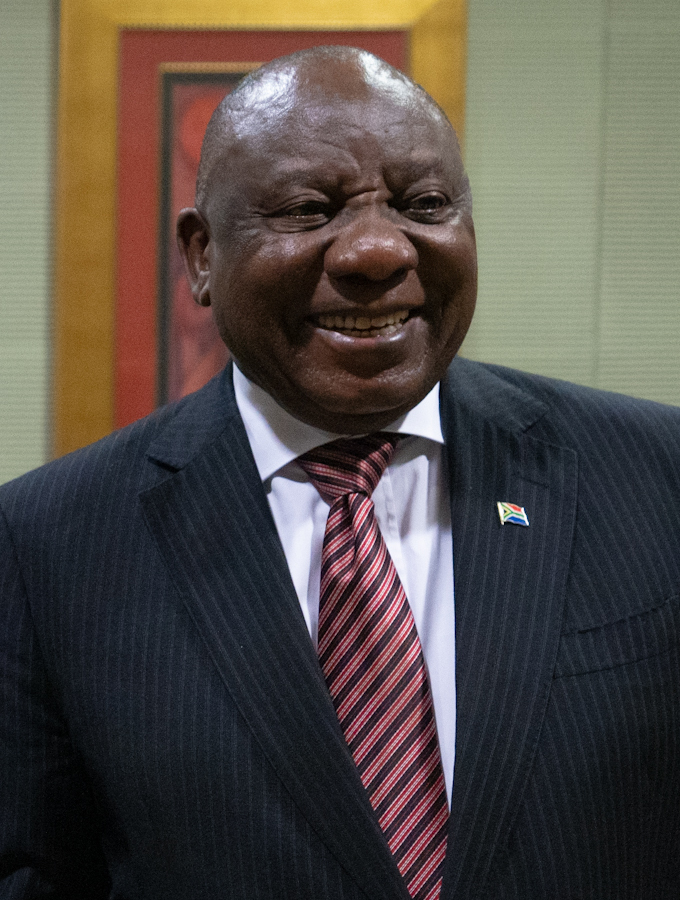President Cyril Ramaphosa has commended the nation on reaching the milestone of 100 days without load shedding but has cautioned against complacency, emphasizing the ongoing vulnerability of the electricity system.
In his weekly newsletter on Monday, President Ramaphosa highlighted the significance of this achievement as a result of the Energy Action Plan (EAP) launched in July 2022. The EAP's outcomes are a testament to the collaborative efforts between the government, business, and other social partners. However, he stressed that further efforts are essential to ensure a secure and reliable electricity supply.
Progress and Challenges: President Ramaphosa praised Eskom's Generation Operational Recovery Plan, which has significantly improved power station performance through an intensified maintenance schedule. He noted the successful commissioning of Unit 5 at the Kusile Power Station, adding 800MW to the grid and bringing three units back into service ahead of schedule.
“The improvement in the reliability of power supply has been a relief for households, who have been able to go about their daily lives without the inconvenience of load shedding. It has also been a great relief for businesses,” said President Ramaphosa.
The President referenced the Bureau for Economic Research (BER) index, which reported a rise in consumer confidence in the second quarter of the year due to the suspension of load shedding. This improvement is expected to boost the national economy, which relies heavily on consistent electricity supply for growth.
Economic Optimism: Optimism for business and investor confidence is on the rise. For instance, steelmaker ArcelorMittal decided against closing its operations in Newcastle and Vereeniging, attributing the decision to improved electricity and logistics situations. The South African Reserve Bank's April Monetary Policy Review also noted that the near and medium-term growth outlook is set to improve as electricity supply stabilizes, driven by private investment in renewable energy and Eskom's increased maintenance efforts.
Structural Reforms and Future Outlook: President Ramaphosa reiterated the government's commitment to completing the structural reforms initiated during the sixth administration. These reforms aim to resolve immediate electricity supply challenges and lay the groundwork for long-term energy security. Key measures include:
Removal of the licensing threshold for new power generation projects.
Tax incentives for rooftop solar installations.
Opening more bid windows for renewable energy projects.
Enhancing Eskom’s operational viability.
He also announced the commencement of trading by the National Transmission Company South Africa (NTSA), which will manage the national electricity transmission system, marking another milestone in the reform process. This development is part of the broader strategy to create a competitive electricity market that ensures secure supply and drives energy sector transformation.
Unified Efforts for a Sustainable Future: As the Government of National Unity (GNU) embarks on its mission, President Ramaphosa emphasized the importance of maintaining momentum and collaboration among all stakeholders. He called for unified efforts to support Eskom's management and staff in their daily efforts to resolve the energy crisis and achieve an energy-secure future for South Africa.
“We have reached 100 days without load shedding by working together. This should encourage us to redouble our efforts and to strengthen the collaboration between all stakeholders in both the public and private sectors,” President Ramaphosa concluded.
For further details on the progress and reforms, the full text of President Ramaphosa’s newsletter can be accessed on the official government website.











